
How to Ride an Electric Bike Safely: A Beginner’s Guide
Electric bikes have quickly become one of the most exciting ways to get around, blending the freedom of cycling with the extra boost of an electric motor. But if you’re new to riding one, you’ll quickly discover that the experience feels a little different from a traditional bicycle. From learning how pedal assist works to handling the extra weight and speed, knowing the right techniques will help you stay safe while enjoying the ride. This guide will walk you through the essentials of how to ride an electric bike for the first time, so you can build confidence, avoid common mistakes, and get the most out of your e-bike.
Understanding the Basics of Electric Bikes: What You Need to Know to Ride an E-Bike
Key Differences From Regular Bikes
At first glance, an electric bike looks much like a standard bicycle, but there are a few important distinctions. The main difference is the addition of an electric motor and battery, which provide pedal assistance to make cycling easier. This means you can ride longer distances, tackle hills with less effort, and reach higher speeds than you might on a traditional bike. E-bikes are also heavier because of these added components, which affects handling, braking, and how you start moving. Understanding these differences will help you adjust your riding style right from the beginning.
How Pedal-Assist and Motors Work
Most electric bikes use a system called pedal-assist. Instead of replacing your pedalling, the motor adds power as you ride, giving you a boost while still requiring some input from you. The level of assistance is usually adjustable, so you can choose a lighter or stronger push depending on your needs. For example, you might use a low level of assist on flat ground and switch to a higher setting when climbing a hill. Some e-bikes also include a throttle mode, which allows the motor to move the bike without pedalling at all, but this depends on local laws and the type of e-bike you own.
Torque vs. Cadence Sensors Explained
E-bikes use different types of sensors to determine how much assistance to provide. A torque sensor measures how hard you are pedalling and adjusts the motor’s output to match your effort. This creates a smooth, natural riding experience that feels closer to a traditional bike. In contrast, a cadence sensor detects when you are pedalling, regardless of how much force you apply.
Once the pedals turn, the motor kicks in, often bringing you up to speed quickly. Torque sensors offer more control, while cadence sensors are usually simpler and provide an easier ride with less effort. Knowing which system your bike uses will help you anticipate how it responds once you start pedalling.
For riders looking for e-bikes with user-friendly cadence sensors, iHoverboard offers several excellent options. Models like the Ucity City Electric Commuter Bike, the M10 All-Terrain Electric Mountain Bike, and the U3 Fold Up Electric Bike provide smooth motor assistance as soon as you start pedalling, making them ideal choices for beginners or anyone seeking an effortless, enjoyable ride.
How to Ride an Electric Bike: What You Need to Know
Preparing Before Your First Ride on an Electric Bike
Before you start riding, preparation is key to staying safe and confident. Make sure your e-bike is fully charged, tires are inflated, and all components are in working order. Understanding how your bike feels when stationary will make your first ride smoother and safer.
Choosing the Right Pedal-Assist Level on Your E-Bike
Most electric bikes offer multiple pedal-assist levels, allowing the motor to give more or less support as you ride. Start at a low level to get used to how your bike responds. Gradually increase assistance once you feel comfortable. This helps you build confidence while controlling speed and acceleration effectively.
Checking Gears and Finding the Correct Starting Position on an E-Bike
E-bikes are heavier than traditional bicycles, so starting in an easy gear makes pedalling simpler. Adjust your seat and handlebars to ensure a comfortable and balanced riding posture. Proper positioning helps you react quickly to turns and stops, giving you more control over your e-bike.
Practising in a Flat, Open Area for Safe E-Bike Riding
Find a quiet, open space such as an empty parking lot or park path to practice. Work on starting, stopping, turning, and shifting gears. This gives you a safe environment to get used to the bike’s weight, acceleration, and handling without the pressure of traffic.
Starting With or Without Electric Assist on Your Bike
Some riders prefer to start pedalling manually before engaging the motor to feel more in control. If your bike is heavy, you can use a low level of assist from the beginning. The goal is to feel steady as the motor engages, so you don’t get caught off-guard by sudden acceleration.
Getting to Know Your E-Bike’s Weight and Handling
Electric bikes are heavier than standard bicycles, which affects balance, handling, and stopping distance. Spending time getting familiar with the bike’s weight helps you ride more confidently and safely.
Why Electric Bikes Are Heavier
The motor, battery, and reinforced frame add weight. While this makes the bike more stable at higher speeds, it can make low-speed maneuvers, tight turns, and lifting the bike more challenging.
How Extra Weight Affects Balance on an E-Bike
Because of the added weight, balance requires slightly different techniques compared to a traditional bike. Keep your body centered over the bike, especially during turns or when slowing down. Practicing in a safe area helps you adjust to the extra weight.
Tips for Low-Speed Control on an Electric Bike
At low speeds, make smooth and controlled movements. Small adjustments with the handlebars and pedals help maintain stability. Practicing slow riding in a flat, open area builds confidence before heading into busier streets.
Mastering Your Brakes on an Electric Bike
Understanding braking is crucial for e-bike safety due to the bike’s extra weight and higher potential speeds.
Why Braking Is Different on an E-Bike
Heavier bikes take longer to stop, so anticipate stops earlier than you would on a regular bike. This extra awareness is essential for traffic, intersections, and downhill riding.
Mechanical vs. Hydraulic Disc Brakes
Most e-bikes use either mechanical or hydraulic disc brakes. Mechanical brakes rely on cables to pull the calipers, while hydraulic brakes use fluid pressure for smoother and stronger stopping power. Knowing which type your bike has helps you brake appropriately.
Testing and Adjusting Brake Levers on Your Electric Bike
Before riding, test the brake levers to ensure they engage properly without pulling all the way to the handlebar. Adjust as needed to achieve precise control for both light and strong braking.
Front vs. Rear Brake Control for E-Bike Safety
The front brake provides the majority of stopping power, but using both brakes together ensures safe and balanced braking. Practice gradual engagement of both to avoid skidding or losing control, especially at higher speeds.
Safe Braking Techniques for Riding an Electric Bike
Always brake early and evenly, particularly on descents or wet surfaces. Keep your weight slightly back to prevent going over the handlebars. Practising emergency stops in a controlled environment will build confidence and improve safety.
Safety Tips for Riding an Electric Bike: How to Stay Safe on an E-Bike
Managing Higher Speeds
Electric bikes can reach higher speeds than traditional bicycles, which means you need to adjust your riding habits. Always be aware of your surroundings, maintain a safe speed for the environment, and anticipate turns or obstacles earlier than you would on a standard bike. Gradually increase your speed as you gain confidence and familiarity with your e-bike’s acceleration.
Allowing for Longer Stopping Distances
Because e-bikes are heavier and faster, they require more distance to stop safely. Always leave extra space between you and other riders, vehicles, or obstacles. Practice braking smoothly and evenly to avoid skidding, and remember that wet or slippery surfaces can increase stopping distance significantly.
Practising Before Riding in Traffic
Before venturing into busy streets or shared paths, spend time practicing in a safe, open area. Work on starts, stops, turns, and braking at different speeds. This builds confidence and helps you develop the muscle memory necessary to handle unexpected situations in traffic.
Essential Safety Gear
Wearing the proper safety gear is crucial for protecting yourself while riding. A certified helmet should always be worn, along with gloves for grip and protection, reflective clothing for visibility, and appropriate footwear. Lights and reflectors on your e-bike further enhance visibility, especially during low-light conditions.
Sharing the Road With Traffic: Safe Riding Tips for Electric Bikes
Why Drivers Misjudge Electric Bike Speeds
Electric bikes can travel faster than traditional bicycles, but drivers often underestimate how quickly you are approaching. This misjudgment can lead to unsafe situations at intersections, bike lanes, and crossings. Be aware of this risk and always assume that drivers may not see or accurately gauge your speed. Use caution when passing vehicles or merging into traffic.
How Rider Posture and Clothing Affect Visibility
Your posture and clothing significantly impact how visible you are to drivers. Sitting upright on your e-bike, wearing bright or reflective clothing, and using lights and reflectors can improve visibility. Avoid dark or loose clothing that blends into traffic, and make eye contact with drivers whenever possible to ensure they see you.
Defensive Riding Techniques
Defensive riding means anticipating potential hazards before they happen. Keep a safe distance from vehicles, signal your intentions clearly, and always watch for sudden stops or turns by drivers. Treat intersections and crosswalks with extra caution, and be prepared to take evasive action if necessary.
Road Positioning for Safety
Where you ride on the road affects your safety. Stay visible by positioning yourself where drivers can see you, typically in the center of a bike lane or slightly to the right of traffic when no bike lane exists. Avoid riding too close to parked cars to prevent “dooring,” and adjust your position when turning or preparing to stop.
Common Electric Bike Mistakes to Avoid: Tips for Safe Riding
Using Too Much Assist Too Soon
Many new riders get excited and set their pedal-assist to the highest level right away. This can lead to sudden acceleration, making it harder to control the bike and increasing the risk of falls or accidents. Start with a low or moderate assist level and gradually increase it as you become comfortable with your e-bike’s power.
Overusing the Front Brake
Relying too heavily on the front brake can cause your bike to jerk or even tip forward, especially on a heavy e-bike. Use both brakes together for smooth, controlled stops. Practice braking gradually to understand how much pressure each lever requires.
Neglecting Brake Setup and Maintenance
Brakes are critical for safety, yet many riders overlook regular inspection and adjustment. Check that brake pads are properly aligned, levers engage correctly, and disc rotors are straight. Performing routine maintenance ensures reliable stopping power and prevents dangerous situations.
Forgetting About the Extra Weight
Electric bikes are heavier than traditional bicycles, which affects balance, handling, and stopping distance. Forgetting about this extra weight can lead to instability, especially during turns, starts, or emergency stops. Always account for your e-bike’s weight when riding, and practice handling it in safe environments.
Conclusion
Learning how to ride an electric bike is all about finding the balance between fun, safety, and control. By starting with low assistance, practising your braking, and understanding how your e-bike responds on the road, you’ll quickly gain confidence. Remember that e-bikes are heavier and faster than regular bikes, so giving yourself extra space and time is key. With a little practice, riding an e-bike becomes second nature—helping you enjoy the benefits of healthier travel, greener commuting, and the sheer joy of cruising with electric power at your side.
FAQs
How easy is an electric bike to ride?
Electric bikes are generally very easy to ride, especially for beginners. The pedal-assist system helps you move with less effort, making hills and longer rides feel more manageable. Most e-bikes operate similarly to a regular bike, so if you already know how to ride a standard bicycle, you’ll quickly get used to the extra power. Starting on a low assist level in a flat, open area can help you build confidence before tackling busier streets or steeper terrain.
How old should I be to ride an electric bike?
The minimum age to ride an electric bike depends on local laws, but generally, riders should be at least 14 to 16 years old for most e-bikes with motor assistance. Lower-powered bikes often have fewer restrictions, while faster or more powerful models may require the rider to be older or have a license. Regardless of age, it’s important that young riders understand basic cycling safety, follow traffic rules, and wear proper protective gear.
How do I stop on an electric bike?
Stopping an electric bike safely requires understanding its heavier weight and faster speeds compared to a regular bike. Use both the front and rear brakes together for balanced stopping power, applying pressure gradually to avoid skidding. Anticipate stops by braking early, especially on inclines or wet surfaces. Practicing emergency stops in a safe, open area will help you get used to how your e-bike responds and improve overall control.
How to ride an electric bike uphill?
Riding an electric bike uphill is easier than on a regular bike thanks to the pedal-assist system. Start in a lower gear to make pedalling smoother and engage an appropriate assist level to provide extra power. Keep your body slightly forward to maintain balance, and pedal steadily without sudden bursts. If the hill is steep, shifting to a higher assist level can help you maintain a consistent speed without overexerting yourself.
How to ride an electric bike with gears?
Riding an electric bike with gears works similarly to a regular bike, but the motor can make shifting feel different. Use lower gears for climbing hills or starting from a stop, and higher gears for flat or downhill sections. Shift gears smoothly while pedalling to prevent strain on the chain and drivetrain. Combining the right gear with the appropriate pedal-assist level helps you ride efficiently and comfortably in any terrain.





































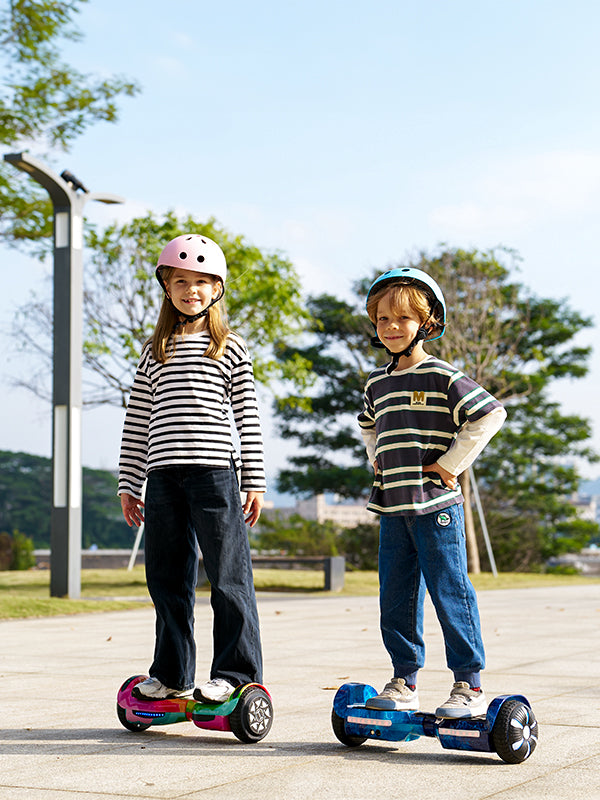




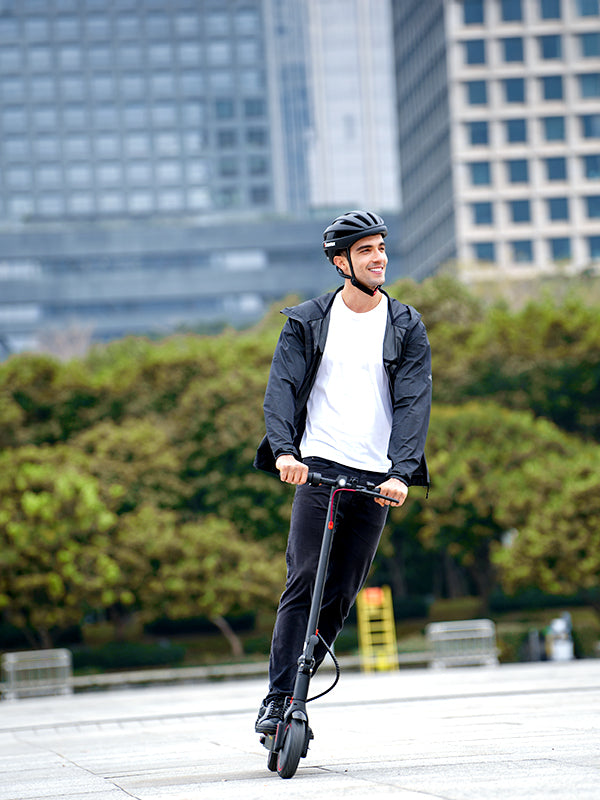


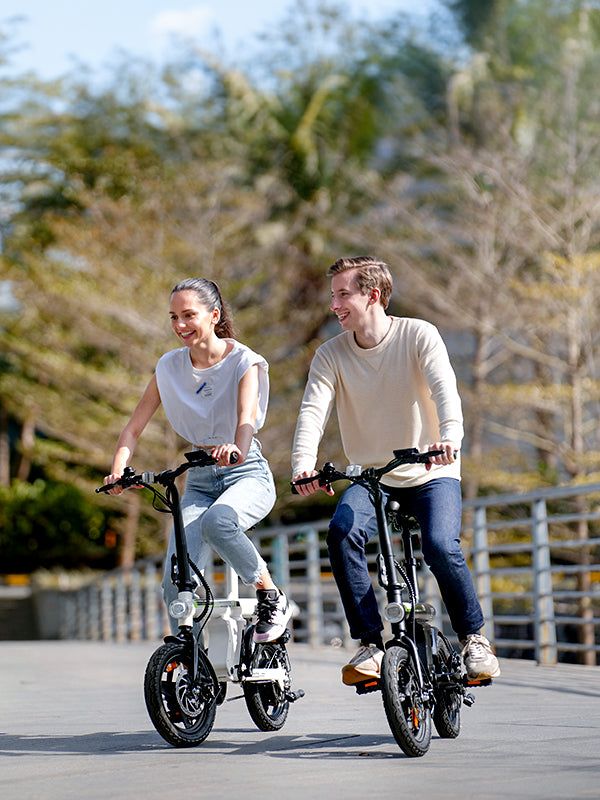

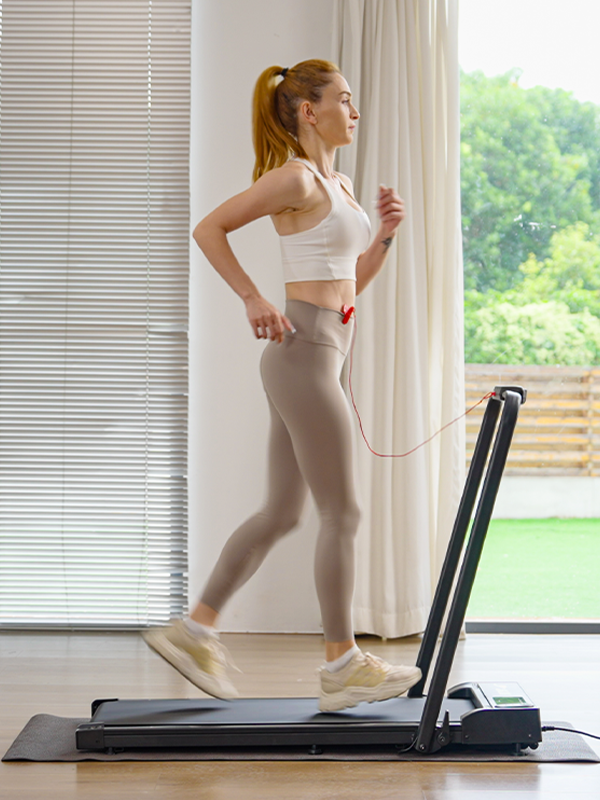





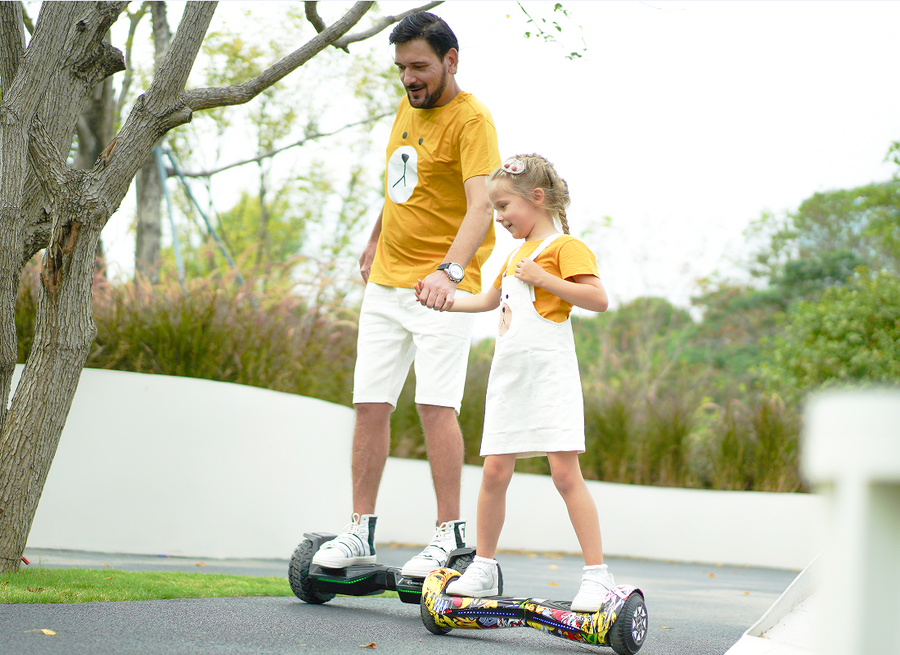
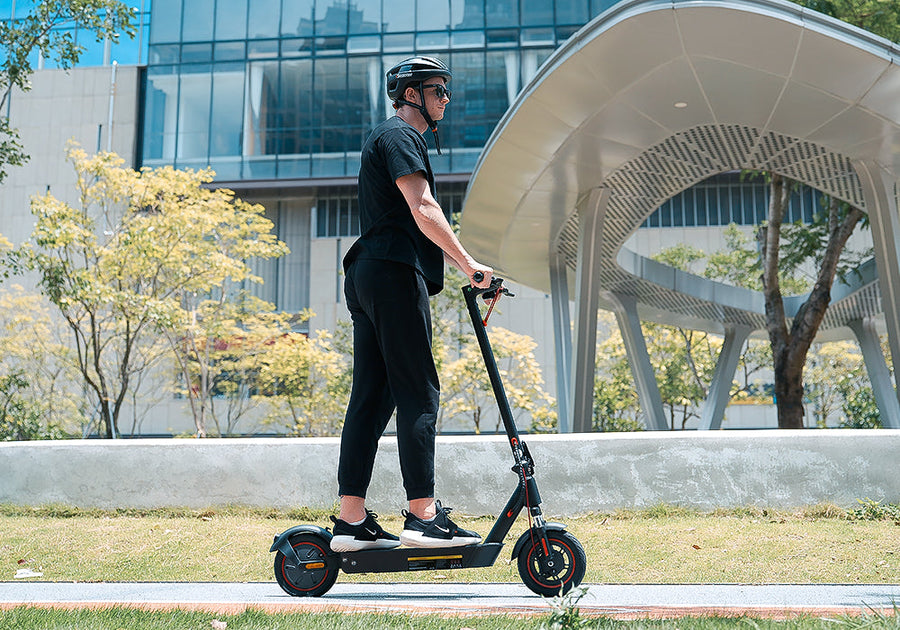
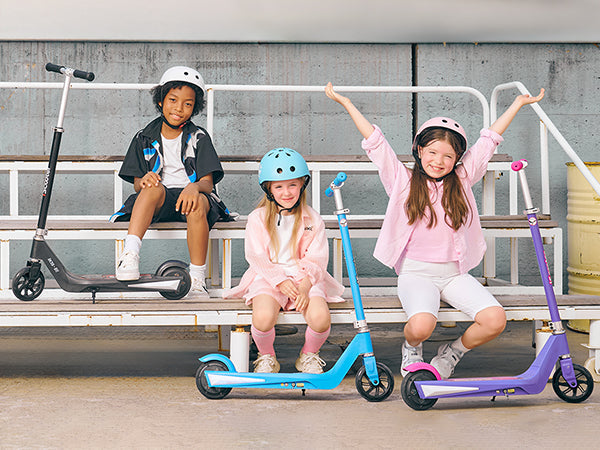
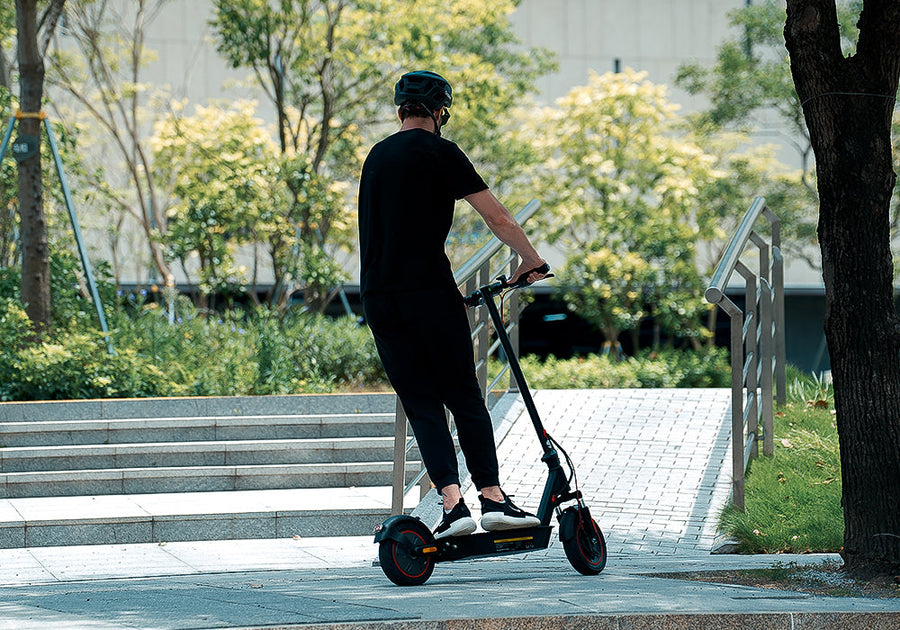


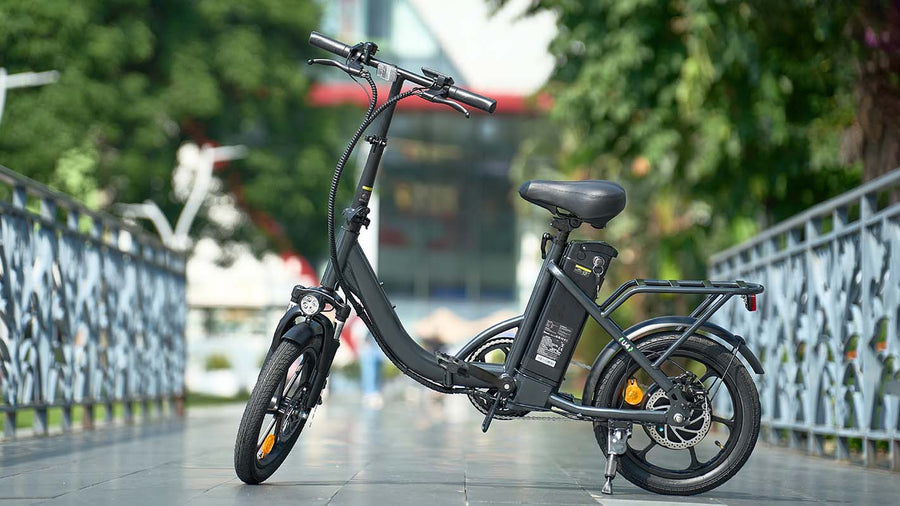
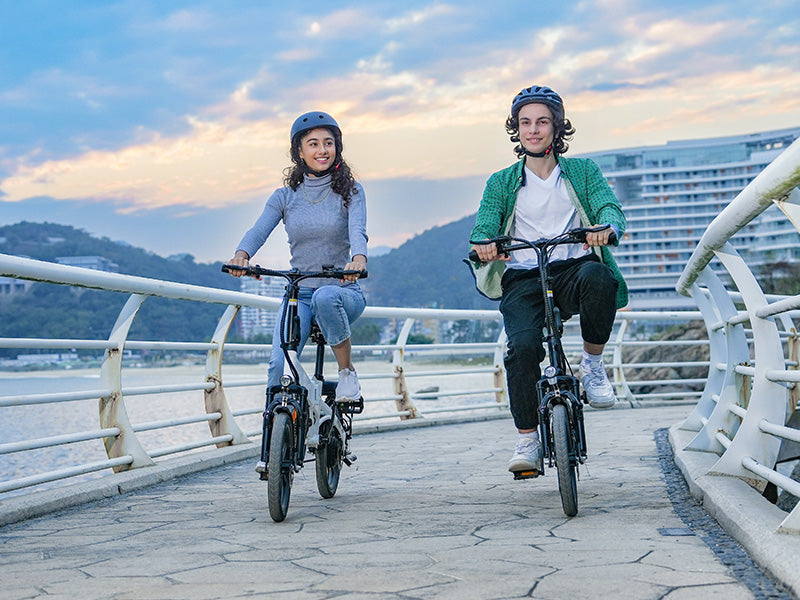
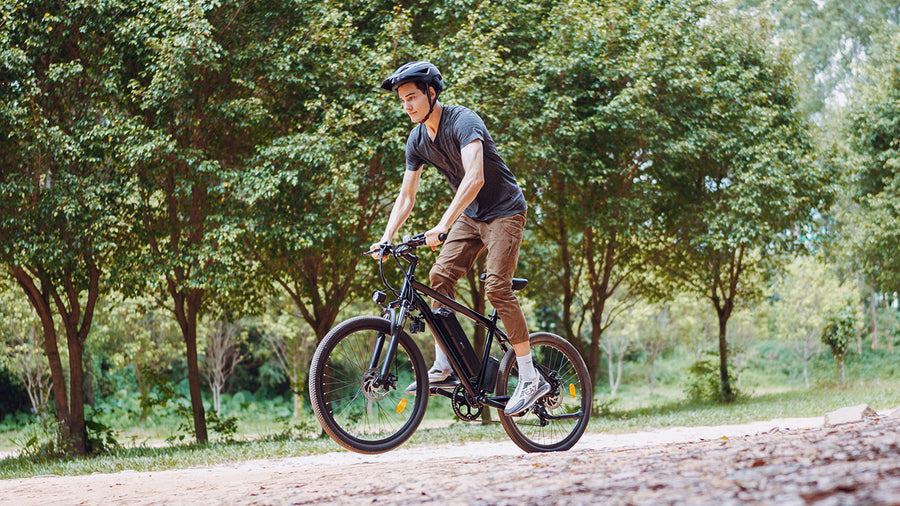







Still, need help? Contact Us: support@ihoverboard.com
What's the option? Check out the option now!
Leave us a message